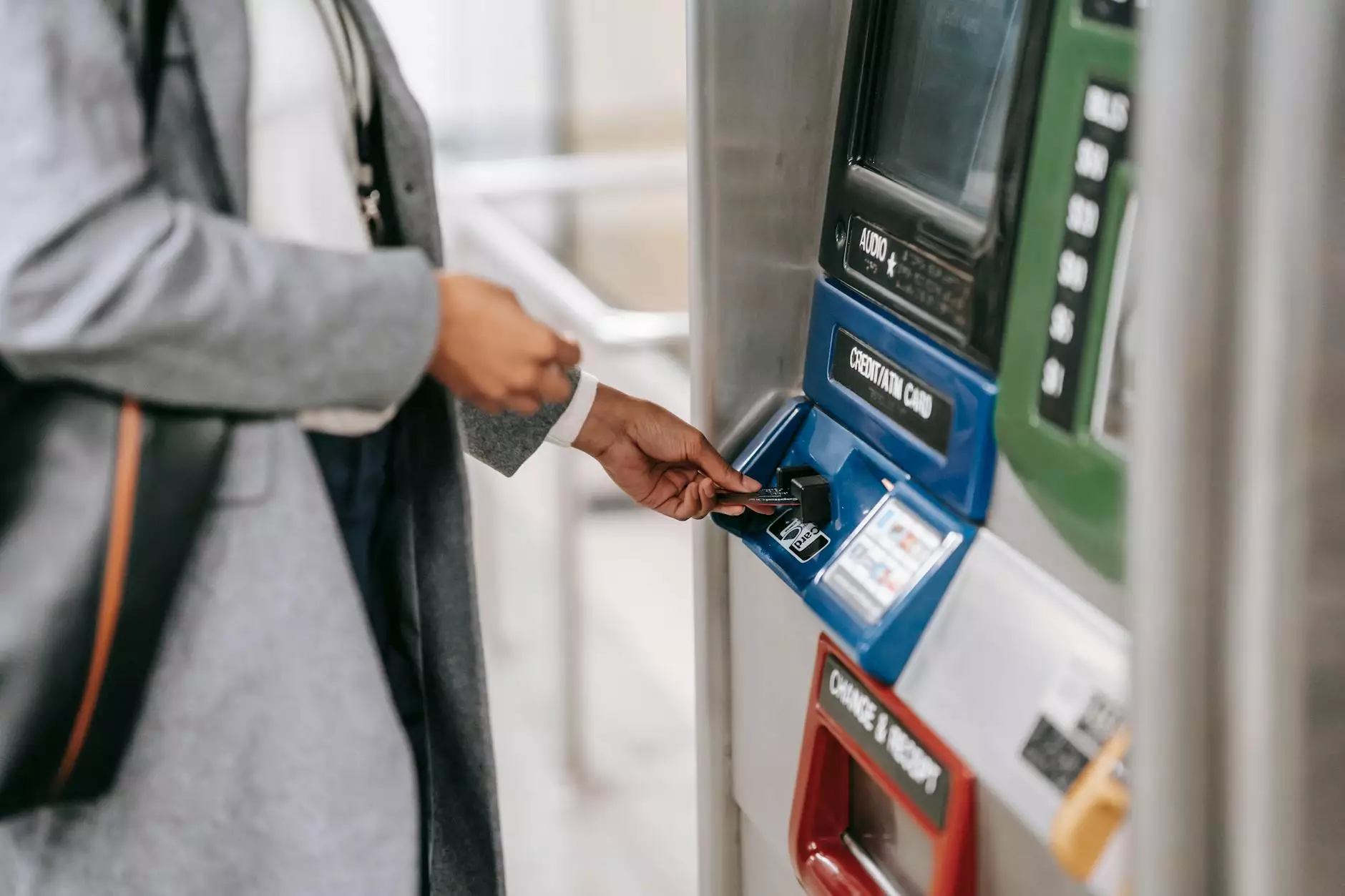Changes in Search Console Speed Report
Blog
Introduction
Welcome to North Ridgeville SEO, your trusted partner in optimizing your website's performance and enhancing your online visibility. In this article, we delve into the latest changes in the Search Console Speed Report, exploring the core web vitals and their significant impact on your website's search rankings. With our expert SEO services for businesses in the Business and Consumer Services industry, we provide valuable insights and strategies that can help you outrank your competitors.
Understanding Core Web Vitals
Core web vitals are a set of specific factors Google considers essential in evaluating the overall user experience on a webpage. These vitals primarily focus on three key areas:
- Largest Contentful Paint (LCP): LCP measures how long it takes for the main content of a webpage to load. Google recommends an LCP of under 2.5 seconds for optimal user experience.
- First Input Delay (FID): FID measures the time it takes for a webpage to become interactive once a user engages with it. A lower FID score indicates a more responsive and user-friendly website.
- Cumulative Layout Shift (CLS): CLS gauges the visual stability of a webpage, ensuring that elements do not unexpectedly shift, causing confusion or frustration for users.
Impact on Search Rankings
With the ever-evolving nature of search engine algorithms, Google has emphasized the importance of user experience as a ranking factor. The introduction of core web vitals signals a shift towards prioritizing websites that deliver an exceptional user experience. By understanding and optimizing these vitals, you can positively influence your website's search rankings and increase organic traffic.
Optimizing Core Web Vitals
1. Improving Largest Contentful Paint (LCP)
To enhance your LCP score, consider the following strategies:
- Optimize images: Compress and resize images to reduce their file size without compromising quality.
- Minify CSS and JavaScript: Remove unnecessary code and reduce file sizes to improve load times.
- Utilize browser caching: Set expiration dates for static resources to enable caching and faster subsequent visits.
2. Enhancing First Input Delay (FID)
To reduce FID and create a more responsive website, apply the following techniques:
- Defer JavaScript execution: Load non-critical JavaScript after the initial page load to prioritize user interactivity.
- Optimize web fonts: Minimize the use of custom fonts or utilize font-display to display text immediately.
- Avoid long tasks: Optimize JavaScript code to avoid long-running processes that delay user interactions.
3. Mitigating Cumulative Layout Shift (CLS)
Ensure a visually stable browsing experience by implementing the following practices:
- Specify dimensions for media: Reserve adequate space for images and videos to prevent layout shifts.
- Avoid third-party ads or pop-ups: Third-party content can unexpectedly push or shift page elements, negatively impacting CLS.
- Use CSS animations and transitions carefully: Make certain that animations do not cause sudden layout changes.
Monitoring and Analyzing Results
After implementing optimizations, monitoring your website's performance is essential for evaluating the impact of core web vitals on your search rankings. Utilize Google's Search Console and various analytics tools to track changes in search rankings, organic traffic, and user engagement metrics. North Ridgeville SEO offers comprehensive monitoring and analysis services to ensure your website consistently meets and exceeds Google's core web vitals benchmarks.
Conclusion
Understanding and optimizing core web vitals is crucial for boosting your website's search rankings and ultimately attracting more customers. North Ridgeville SEO, as a leader in SEO services for businesses in the Business and Consumer Services industry, is dedicated to helping you navigate these changes and stay ahead of your competitors. Contact us today to elevate your website's performance and unlock its full potential!










